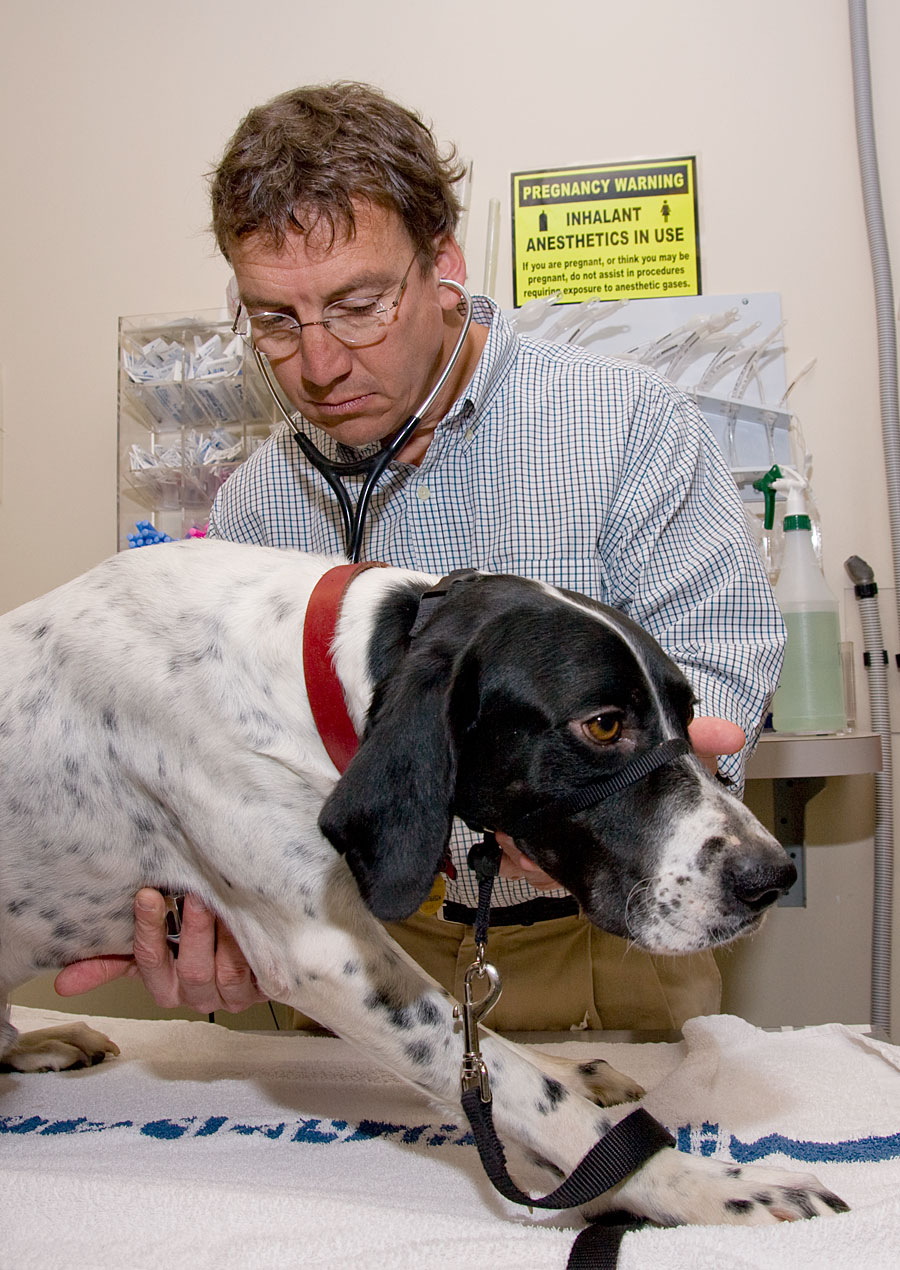Dr. Ira Roth graduated from the UGA College of Veterinary Medicine in 1986 and recently returned to the college as a faculty member and director of the Community Practice Clinic. Roth was a private practitioner in Albany from 1987 until October 2009. He discusses his plans for the clinic with Columns.
Columns: What is the clinic’s main purpose?
Roth: We closely mimic the private practice environment. For three weeks of our student’s senior year, we expose them to the hustle and bustle of a regular routine, providing mostly wellness care—vaccinations, dentistry and preventive medicine. We do population control with spays and neuters, and we do consultations about diet and weight management. But the lion’s share of what we do is what our students are going to experience the minute they step out of here. The clinic gives them an idea of how decisions are made from a practice standpoint; how they can communicate effectively with their clients; how to look at what they do from a client’s perspective.
Columns: Tell me about the students who work at the clinic.
Roth: They are fourth-year students, soon to be full-time veterinarians. They will typically see a client just as they would in private practice. They will take a history and discuss problems with our clinical staff, who will help them develop a treatment plan, and, most importantly, help them develop good communication skills by interacting with our clients.
Columns: Who can use the clinic?
Roth: It is open to all university employees and their families as well as members of the general public who live within a 30-mile radius of the clinic.
Columns: What types of animals do you treat at the clinic?
Roth: I always used to tell folks when I was in private practice that if you can fit it in your car we can generally take care of it, and I would probably think that we operate underneath that same banner here.
Columns: What types of treatment do you provide?
Roth: We generally don’t do any overnight hospitalization except for some surgical patients. Basically we treat mild illnesses, various skin problems, parasite concerns and many GI problems. Our major focus is disease prevention, which is common in private practice.
Columns: Can pets be dropped off?
Roth: Absolutely. We believe that just like in the “real world” most of us have two income earners in the family, and therefore can’t make an appointment we have to leave work for, so we have increased the capability for our clients to drop off their pets from 7:30–8 a.m. Clients do not need to bring a crate or leash. They should plan on spending a few minutes with us so our students can take a thorough history.
Columns: What happens if you cannot treat a case?
Roth: If it’s something we don’t think we can handle here or if it requires extensive hospitalization to run a thorough diagnostic plan or examination, we can refer to the patient to our main hospital.
Columns: What are your goals for the clinic?
Roth: We want to increase our caseload to that level of “busy-ness” so that students will be able to plan out their day in a busy environment; that they will be able juggle multiple things at one time, that they will be able to manage the business aspect of veterinary medicine as well as client communication. Our hope is to make the student as complete a clinician as possible.
Columns: What do you say to someone who had a bad experience to encourage them to return?
Roth: I want to hear the good and the bad experiences. We are very cognizant of looking at our patient visits from a client perspective and understanding that they have time restraints as well. Plus, the clinic is centrally located in the community and is easy to get to. But anybody who had a previous experience where they weren’t happy with our delivery of services, we would certainly love for them to give us another opportunity. And, the folks who haven’t tried us, we can’t wait for them to come in and visit.


